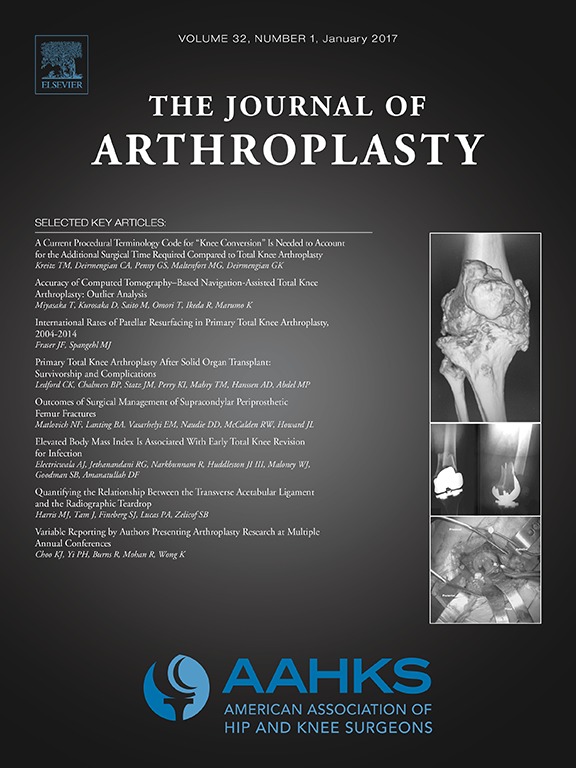
ciNPWT may reduce wound complications and re-operation rate in patients undergoing revision TJA

ciNPWT may reduce wound complications and re-operation rate in patients undergoing revision TJA
Use of Closed Incisional Negative Pressure Wound Therapy After Revision Total Hip and Knee Arthroplasty in Patients at High Risk for Infection: A Prospective, Randomized Clinical Trial
J Arthroplasty. 2019 Mar;34(3):554-559.Synopsis
160 patients scheduled for a total joint arthroplasty (hip/knee) were randomized to receive either a closed incision negative pressure wound therapy (ciNPWT; PREVENA) device or a standard-of-care silver-impregnated occlusive wound dressing. The primary outcome of interest was the incidence of wound complications. Secondary outcomes included the rates or re-admission and re-operation. Follow up was...
To view the full content, login to your account,
or start your 30-day FREE Trial today.
FREE TRIAL
LOGIN
Forgot Password?
Explore some of our unlocked ACE Reports below!

Learn about our AI Driven
High Impact Search Feature
Our AI driven High Impact metric calculates the impact an article will have by considering both the publishing journal and the content of the article itself. Built using the latest advances in natural language processing, OE High Impact predicts an article’s future number of citations better than impact factor alone.
Continue



 LOGIN
LOGIN

Join the Conversation
Please Login or Join to leave comments.